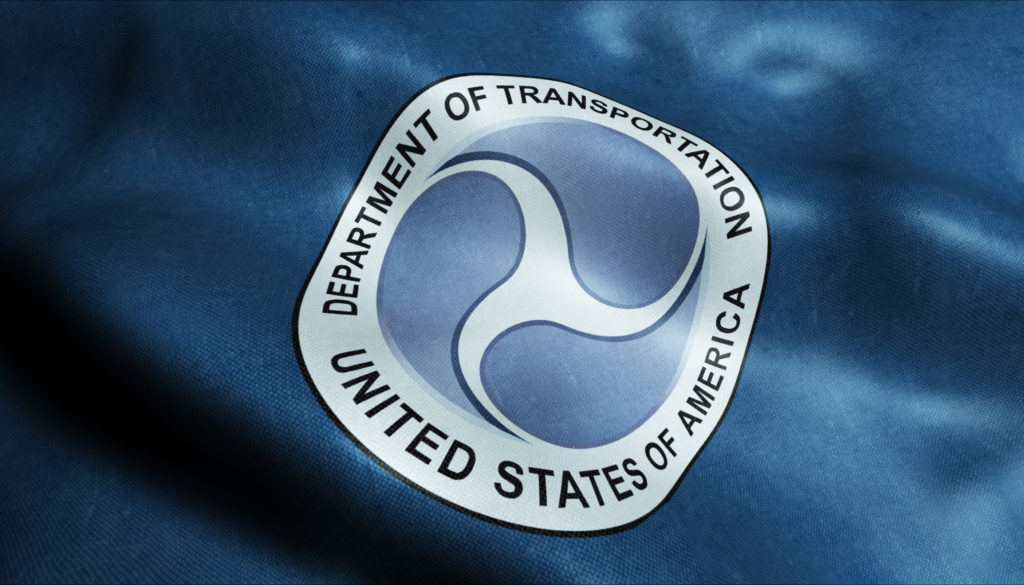
Trucking technology has become more prevalent throughout the industry, with carriers wondering how truckers will adapt to the new automated changes and often worrying about what will happen should a system malfunction. Waste management trucking companies, however, have recently expressed different concerns.
“There’s literally no real estate left inside the truck,” said president and owner of Leck Waste Services, Jason Leck.
As vehicle technology continues to advance, waste truck drivers and their carriers are having to implement many new systems. In doing so, these truckers are also fighting for their safety.
Leck Waste Services out of Ivyland, Pennsylvania, for example, has seen its drivers in all its collection vehicles, including front loaders and fully automated trucks, working to learn their way around advanced technological systems and software. Leck’s trucks have begun to utilize fleet management software from Soft-Pak, which aims to make GPS tracking, mapping, and route productivity features more accessible; arm-mounted digital scales from Air-Weigh; and 3rd Eye, a camera system by Dover which works to document both in-cab and external events in an effort to improve fleet operation safety.
However, while this tech may help carriers to boost profitability and efficiency, it has also brought its challenges.
“In a conventional truck, there seems to be a little bit more cab space, but when you move into the cab design in a front loader or even a semi-automated or fully automated collection truck, with all the control panels that are installed inside the cab, there’s very limited space,” explained Leck. “Then, when you start adding additional technology and mounting tablets and driver-facing cameras, we’re starting to fight for real estate.”
In other words, drivers have no room in the cab. Another safety hazard at hand, according to Leck, is that the more technology present in a cab that requires its own display screen, the more logistical issues and distraction possibilities come into play.
“Accidents typically happen when your driver has to stop what he’s doing in the process of servicing something to do something in the cab, and then he goes back to what he’s doing and starts to drive again,” said Leck. “Are we creating an issue where we require drivers to be touching or looking at tablets every time they service an account?”
The topic of in-cab safety has also brought to the attention of the National Waste and Recycling Association’s safety committee other cab layout issues and their effects on drivers. NWRA’s chief of staff and vice president of safety and standards, Kirk Sander, said that one prominent example is the parking brake, which is often not placed well enough for newer truckers to easily pay attention to–especially when they’ve been used to operating automatic vehicles.
“I think technology is the best way to start the conversation, but I think technology is just a piece of the conversation of what the cab layout should look like,” said Sander.
Fortunately, some possible solutions have come to light during panel discussions on this topic. A conversation at WasteExpo was especially helpful when experts began explaining the needs within the industry to create a standard design for truck cabs that could result from a truck manufacturer and technology solutions provider collaboration, said Leck.
These groups could potentially create a new and more efficient way to use fleet management software and safety systems within truck cabs. Leck said the panel at the convention agreed that an industry trade association–like the NWRA–developing a new in-cab design standard “for how [manufacturers and software providers] share that space” would be the best solution.
“We need the data and information to be able to run our business, but we need to do it in a safe way,” said Leck.
WasteExpo’s panel discussed the possibility of implementing a “central device” in the cab for a driver to more easily access multiple applications at a time, as well as the benefits of dedicating one in-dash location for the tablet that would be easily reachable and able to display all applications.
“Our thought is there is this ability for all these technologies and routing software to be utilized on one tablet in the vehicle that is designed to be placed in a certain location for the driver in a user-friendly area,” Leck explained. “All the software that’s being developed should have to be able to work on that system that the driver could use. It would be cleaner, easier, and safer if all those things didn’t have to be independently installed in the cab.”




